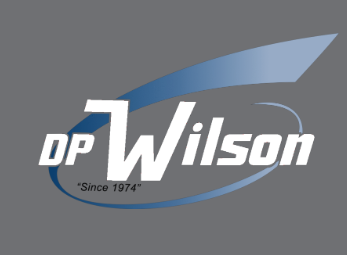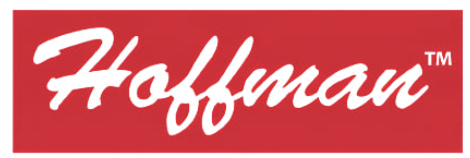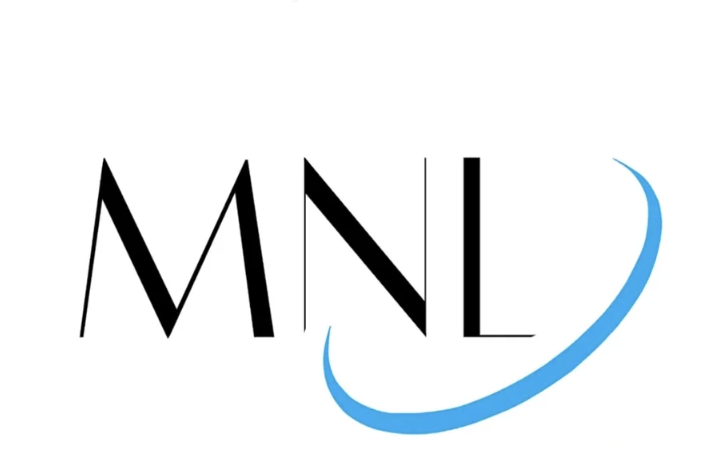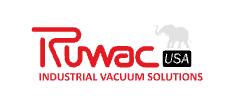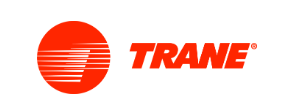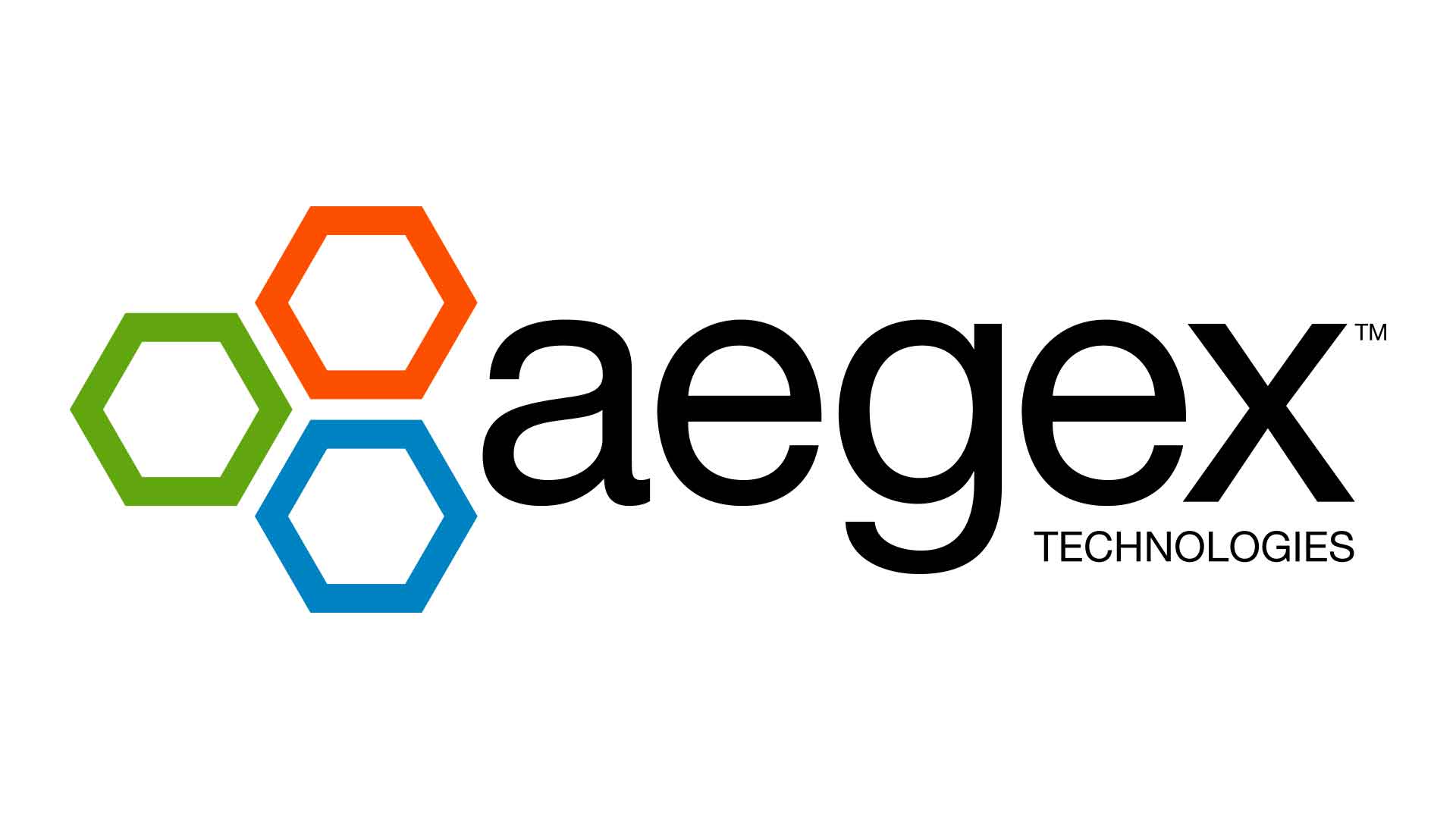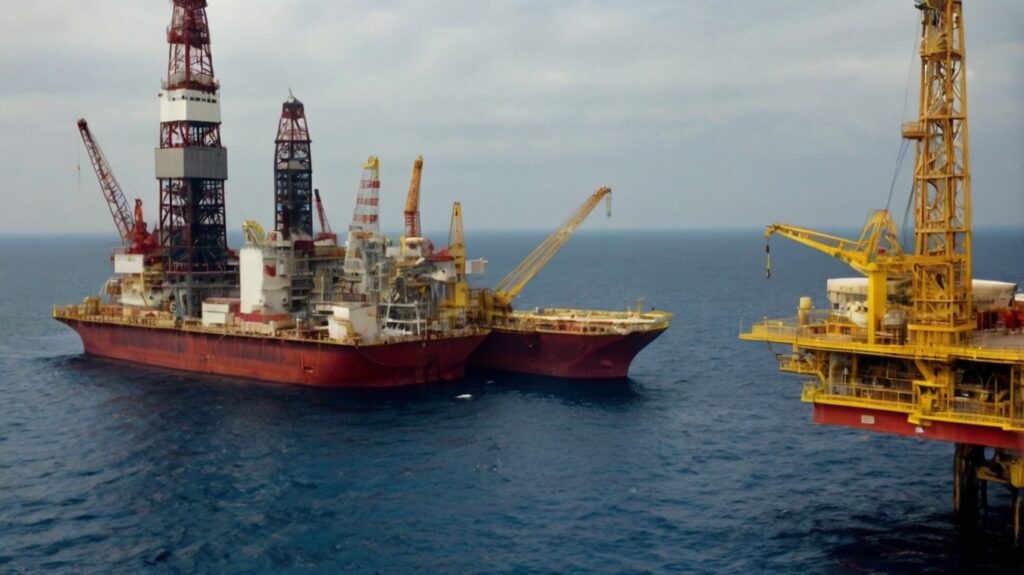
Definition: Offshore safety refers to the set of practices, regulations, and cultural norms designed to minimize risks and ensure the well-being of workers in the offshore oil and gas industry, as well as those involved in offshore cruising and other maritime activities.
Risks and Hazards:
- Offshore oil and gas operations are particularly hazardous due to the isolation, extreme weather conditions, and the handling of highly combustible materials. Key risks include fires and explosions, falls from heights, exposure to toxic chemicals, and transportation accidents.
- Workers often face health hazards such as exposure to hydrogen sulfide, crystalline silica, and naturally occurring radioactive materials, along with the dangers of high-pressure systems, electricity, and confined spaces.
Notable Incidents:
- The Piper Alpha Production Platform disaster in 1988 resulted in the deaths of 167 workers, highlighting the catastrophic potential of offshore accidents.
- The Deepwater Horizon explosion and oil spill in 2010 led to 11 deaths, 17 injuries, and significant environmental damage, underscoring the need for robust safety measures.
Safety Measures:
- A strong safety culture is crucial, emphasizing “safety first, job second” and regular training for all crew members. This includes mandatory safety orientations, periodic training renewals, and participation in safety drills.
- Proper protective gear, such as hard hats, gloves, eye protection, and respiratory masks, is essential. Communication devices like VHF radios, personal locator beacons, and AIS MOB beacons are also vital for emergency situations.
- Preparation is key for offshore cruising, including having life jackets, distress signals, and shore-side support. Regular maintenance of safety equipment and adherence to federal safety standards are also critical.
Statistics:
- The U.S. oil and gas extraction industry has a fatality rate seven times higher than the average for all U.S. workers, with an average of 16 fatalities per year in offshore operations between 2003 and 2010.
- Effective safety measures can significantly reduce incident rates; for example, improvements in the 1960s and 1970s led to an improved occupational safety record in the Gulf of Mexico.
Fun Fact: Despite the inherent risks, the offshore oil and gas industry has seen improvements in safety culture and regulations over the years. For instance, the aftermath of the Deepwater Horizon disaster led to significant reforms and a heightened focus on safety culture within the industry.
- Offshore operations face unique safety challenges, including environmental hazards, regulatory compliance, human factors, and technological reliability, which require proactive strategies to ensure safety.
- Adhering to current offshore safety regulations, such as those set by the IMO and BSEE, is essential for managing risks and protecting both personnel and the environment.
- Integrating advanced technologies, like wireless gas detection and AR-equipped helmets, can significantly enhance safety protocols and reduce human error in offshore operations.
Understanding Offshore Safety Challenges
Offshore operations, particularly in the oil and gas sector, face unique safety challenges that necessitate not just adherence to standard practices but a proactive approach to hazard identification, risk assessment, and emergency preparedness. With the complex and unpredictable nature of marine environments, the potential for hazardous incidents is magnified, making offshore safety a critical priority. Recognizing these challenges is the first step toward building a safer workplace.
Environmental and Operational Hazards
The very nature of offshore work – isolated, exposed to the elements, and operating highly complex machinery – presents an environment ripe with potential risks. High seas, strong winds, and other adverse weather conditions can dramatically increase the chances of accidents. Moreover, the handling of flammable substances like oil and gas elevates the risk of fire and explosions, which can have catastrophic consequences in such isolated settings.
Regulatory Compliance
Operating in international waters or the territorial seas of various countries adds layers of regulatory complexity. Companies must navigate a maze of local, national, and international regulations governing offshore safety. Staying compliant not only helps in avoiding legal complications but also ensures the highest safety standards are met, protecting lives and assets.
Human Factors
The human element cannot be underestimated when discussing offshore safety challenges. The mental and physical well-being of the crew is paramount; fatigue, poor communication, and inadequate training can all lead to potentially fatal errors. Creating a safety culture where everyone is aware of the risks, trained in emergency response, and encouraged to speak up about safety concerns is critical.
Technological Reliability
In the technologically advanced world of offshore oil rig operations, the reliability of equipment plays a significant role in ensuring safety. Regular maintenance and checks are essential, as the failure of a single component could lead to a chain of failures with dire outcomes. Investing in high-quality, certified, and reliable equipment becomes a non-negotiable aspect of offshore safety measures.
At The Intrinsically Safe Store, we understand these offshore safety challenges deeply. Our commitment is to support industries operating in hazardous environments by providing top-of-the-line, certified, and reliable safety solutions. Our products are designed not just to meet but exceed industry standards, ensuring your operations are safe and compliant. With our extensive range of hazardous area certified products, expert service, and dedication to continuous improvement, we’re here to help you navigate the complexities of offshore safety with ease and confidence.
Recognizing these offshore safety challenges and addressing them with the right strategies, technologies, and practices is not just about compliance or productivity—it’s about safeguarding lives, protecting the environment, and ensuring the sustainable, responsible extraction of resources. At The Intrinsically Safe Store, we’re proud to be part of your journey towards a safer, more secure offshore operation.

Take Your Offshore Safety to the Next Level
Ensuring the safety of your offshore operations isn’t just about compliance; it’s about going above and beyond to protect your team, your investment, and the environment. With the stakes higher than ever, it’s crucial to partner with a team as committed to safety as you are. Here’s why you should choose The Intrinsically Safe Store for your offshore safety needs:
- Expertise in Hazardous Areas: We’re not just a supplier; we’re experts in hazardous area safety. Our team keeps up with the latest offshore safety protocols to ensure you’re getting the best, most relevant advice and products for your needs.
- Extensive Product Range: Whether you’re looking for state-of-the-art monitoring equipment or robust communication tools, our extensive product range means you’ll find exactly what you need to secure your operations.
- Custom Solutions: Your operations are unique, and so are your safety needs. We offer custom design, engineering, fabrication, and integration capabilities to meet your specific requirements.
- Commitment to Excellence: From providing WOW service to our passion for what we do, we’re committed to not only meeting but exceeding your expectations.
- Aiming for a Safer Future: Join us on our mission to connect one billion safe solutions by 2030. Together, we can make offshore operations safer for everyone.
Your safety is our priority. Contact The Intrinsically Safe Store today and take the first step towards a safer offshore operation.
Current Offshore Safety Regulations
In the ever-evolving world of offshore operations, adhering to stringent safety regulations is paramount to ensuring the well-being of personnel and the protection of our environment. Current offshore safety regulations are designed to establish a framework for risk management, incident prevention, and emergency response measures.
Internationally, the International Maritime Organization (IMO) sets broad guidelines that maritime nations are encouraged to adopt and adapt according to their specific needs. These regulations focus on vessel safety, pollution prevention, and the competence of the crew. In the United States, the Bureau of Safety and Environmental Enforcement (BSEE) and the Coast Guard are the primary agencies regulating offshore oil and gas operations. Regulations enforced by the BSEE are comprehensive, covering operational safety through equipment design, maintenance, and the implementation of safety and environmental management systems (SEMS).
One of the cornerstone regulations in the U.S. is the Safety and Environmental Management Systems (SEMS) rule, which requires operators to develop, implement, and maintain a SEMS program. This program is an integrated set of policies, practices, and procedures designed to ensure that all operations are conducted safely and with minimal environmental impact. SEMS focuses on hazard identification, risk management, and continuous improvement processes, setting a structured approach for offshore safety.
In Europe, the Safety of Offshore Oil and Gas Operations Directive, commonly referred to as the ‘Offshore Directive,’ governs the safety of offshore oil and gas operations. It emphasizes the need for risk assessments, emergency response plans, and the robustness of safety and environmental critical elements.
Furthermore, the International Association of Oil & Gas Producers (IOGP) publishes detailed safety guidelines and good practice documents that are internationally recognized. Though not regulatory bodies themselves, their guidelines are often incorporated into national regulations and company policies due to their comprehensive approach to managing operational risks in hazardous environments.
At The Intrinsically Safe Store, we understand the importance of adhering to these regulations and provide products and solutions designed to meet and exceed these stringent requirements. Our extensive range of hazardous area certified products ensures that your operations not only comply with current regulations but are also equipped with the most reliable and innovative safety solutions on the market. We are committed to supporting our clients in navigating the complexities of offshore safety regulations, providing peace of mind through our expert service and dedication to safety in all aspects of offshore operations.
As regulations continue to evolve in response to new challenges and technological advancements, The Intrinsically Safe Store remains at the forefront, ensuring that our products and services are in alignment with the latest in offshore safety standards. We are passionate about our role in improving offshore safety and are grateful for the opportunity to contribute to a safer, more sustainable future in hazardous environments.
Incorporating Technological Advances for Safety
In the dynamic and often hazardous world of offshore operations, staying ahead with the latest in safety technologies is not just a priority—it’s a necessity. The Intrinsically Safe Store deeply understands this imperative and champions the integration of cutting-edge, hazardous area certified products that significantly enhance offshore safety protocols.
One of the most groundbreaking advancements in this arena is the deployment of wireless gas detection systems. These systems offer real-time monitoring of potential gas leaks, which are a common and dangerous risk on oil rigs. By leveraging IoT (Internet of Things) technology, these systems can provide instant alerts to onsite personnel and remote monitoring centers, allowing for swift action to prevent accidents.
Moreover, wearable technology for workers, such as smart helmets equipped with Augmented Reality (AR), is revolutionizing safety procedures. These helmets can overlay critical information directly onto the user’s field of view, including safety warnings, evacuation routes, and real-time data on equipment status. This not only enhances the wearer’s situational awareness but also significantly reduces the risk of human error—a leading factor in onsite accidents.
Another technological advancement transforming offshore safety protocols is the use of drones for conducting routine inspections of hard-to-reach areas. Drones equipped with high-definition cameras and sensors can safely and efficiently inspect infrastructure such as flare stacks, underdeck, and over-water pipelines, identifying potential issues before they escalate into serious problems. This proactive approach to maintenance and inspection greatly reduces the risk of accidents and environmental damage.
The Intrinsically Safe Store’s commitment to offering these and other hazardous area certified products is a testament to our dedication to continuous improvement and our passion for ensuring the safety of all personnel in hazardous work environments. Our expert team is always on the lookout for innovative solutions that can further enhance offshore safety protocols, aligning with our BHAG of connecting one billion safe solutions that improve the world by 2030.
By incorporating these technological advances into safety protocols, offshore operations can not only meet but exceed current safety standards, ensuring that both personnel and the environment are protected. It’s not just about adhering to regulations; it’s about setting new benchmarks in offshore safety and demonstrating a steadfast commitment to preserving life and nature.
Best Practices in Offshore Drill Training
Ensuring safety in offshore oil rig operations begins with comprehensive and state-of-the-art training programs. Given the hazardous nature of offshore environments, incorporating robust drill training practices is not just about compliance, but about safeguarding lives and protecting assets. Below, we outline key best practices that can dramatically improve the safety and efficiency of offshore operations.
Embrace Simulation-Based Training
Advancements in technology now enable highly realistic simulation-based training environments. These simulations can replicate offshore conditions and emergency scenarios without putting trainees at risk. This immersive experience is invaluable, allowing the crew to practice their response to a variety of potential incidents, including fires, blowouts, and man-overboard situations. Simulation training has been shown to enhance problem-solving abilities, reduce reaction times, and improve overall performance in crisis situations.
Continuous Learning and Assessment
Safety training for offshore operations is not a one-time event but a continuous process. Regular refresher courses ensure that all personnel remain at the peak of their readiness. These sessions can introduce the latest safety protocols, drilling techniques, and emergency response strategies. In addition to scheduled training, spontaneous drills can test the crew’s readiness and ability to act under pressure.
Foster a Safety Culture
Training should go beyond mere procedural knowledge and aim to instill a deep-rooted culture of safety among all team members. This involves open communication about risks and encourages the reporting and analysis of near-misses. A strong safety culture supports a collective responsibility for safety, empowering every team member to act as a safety leader, vigilant about their surroundings and proactive in addressing potential hazards.
Tailor Training to Specific Roles
While a general understanding of safety protocols is necessary for all crew members, specialized roles require specialized training. For instance, those directly involved in drilling operations need detailed knowledge about the specific equipment they handle. Similarly, emergency medical responders on the rig must have up-to-date certifications and hands-on experience with the unique medical challenges that can arise offshore.
Leverage Expert Partnerships
Collaboration with experienced safety training providers can bring a wealth of knowledge to your training program. The Intrinsically Safe Store, with its deep commitment to providing hazardous area certified products and fostering a culture of safety, is an excellent partner in designing and implementing effective safety training programs. Utilizing their expertise not only enhances the training experience but also aligns with the best practices in offshore safety protocols.
By embracing these best practices in offshore drill training, companies can significantly mitigate risks, enhance the efficiency of their operations, and, most importantly, ensure the safety and well-being of their workforce. Training that is comprehensive, continuous, and culture-driven is not a mere regulatory requirement but a fundamental component of successful and responsible offshore operations.
Health and Environmental Protection on Oil Rigs
In the demanding and hazardous environments of offshore oil rigs, prioritizing health and environmental protection is not just a best practice—it’s a necessity. The Intrinsically Safe Store, with its commitment to safeguarding both human life and the environment through the provision of top-tier hazardous area certified products, underscores the importance of a rigorous and proactive approach in offshore safety protocols.
To ensure the health safety of personnel and the protection of our planet’s vital ecosystems, the industry leaders integrate a variety of stringent measures into their daily operations. These include but are not limited to:
- Comprehensive Risk Assessments: Identifying potential hazards before they pose a threat is the first step toward preventing occupational illnesses and environmental incidents. Detailed risk assessments, followed by the implementation of appropriate control measures, are fundamental to maintaining a safe working environment.
- Emergency Response Planning: Equipping oil rigs with advanced emergency response strategies is vital. This entails not only having the necessary tools and equipment on hand but also ensuring that all personnel are well-trained in emergency protocols. The Intrinsically Safe Store contributes to this aspect by providing robust, reliable, and certified safety products that are integral to any emergency response toolkit.
- Regular Health and Safety Training: Continuous education and training programs are essential to keep the oil rig workforce informed and prepared for any challenges that may arise. These programs cover a wide range of topics, including personal protective equipment (PPE) usage, hazardous material handling, and response procedures for various emergency scenarios.
- Environmental Monitoring and Compliance: Vigilant monitoring of environmental parameters ensures that operations do not adversely affect the surrounding habitat. This involves regular checks on air and water quality, noise pollution, and waste management practices. Complying with both local and international environmental standards is a key component of maintaining sustainable operations.
- Cutting-edge Technology and Products: The use of advanced technologies and products designed for hazardous environments significantly contributes to the overall safety and environmental protection efforts on oil rigs. The Intrinsically Safe Store proudly supplies the industry with innovative solutions that meet these needs, from intrinsically safe and explosion-proof devices to air monitoring and communication tools.
Embracing these practices not only fosters a safer and more environmentally conscious operational framework but also aligns with the Intrinsically Safe Store’s core values of exploration, continuous improvement, and passion for work. It is through these measures that industries operating in hazardous environments can contribute to a safer, healthier, and more sustainable world, moving ever closer to achieving the BHAG of connecting one billion safe solutions by 2030.
Crisis Management and Communications Systems
In the realm of offshore safety, effective crisis management and robust communication systems form the backbone of ensuring the safety and well-being of all personnel involved in oil rig operations. The high-risk nature of working in an offshore environment demands that these systems are not only reliable but also adhere to the highest standards of technology and innovation. This is where The Intrinsically Safe Store shines, offering cutting-edge solutions that empower industries to maintain safety as their top priority.
At the heart of crisis management lies the ability to quickly assess, communicate, and mitigate any unforeseen events that may occur. This begins with an all-encompassing crisis management plan that includes risk identification, protocols for emergency response, and detailed evacuation procedures. These plans must be vigorously tested regularly through drills and simulations to ensure their effectiveness. By integrating technology and expertise, The Intrinsically Safe Store provides products and services designed to elevate the efficiency and responsiveness of these critical processes.
Communication systems are the critical veins through which information flows during an emergency. It’s essential that these systems are intrinsically safe, ensuring they can operate effectively in hazardous environments without posing additional risks. Effective communication tools not only facilitate swift dissemination of information but also support coordination among emergency response teams, both on the rig and with external support services. Leveraging its extensive product range and expert service, The Intrinsically Safe Store offers advanced communication devices that meet these stringent requirements.
Moreover, given the dynamic and unpredictable nature of offshore operations, these systems need to be both adaptable and robust. From two-way radios to alarm systems, all products are engineered to withstand the harsh offshore conditions while providing clear and reliable lines of communication. This customer-centric approach ensures that businesses operating in hazardous environments, like oil rigs, have access to products that not only meet but exceed industry standards.
In line with The Intrinsically Safe Store’s mission and BHAG to connect one billion safe solutions by 2030, the company is enthusiastic about its role in enhancing offshore safety. Through continuous exploration and improvement of its product offerings, The Intrinsically Safe Store is committed to equipping its clients with the tools necessary to implement effective crisis management and communication systems. By doing so, it not only safeguards the lives of those working in challenging environments but also contributes significantly to the broader goal of creating a safer, more connected world.
FAQs on Offshore Safety Protocols for Oil Rig Operations
How is worker safety ensured during hazardous weather conditions?
To protect workers during hazardous weather conditions on offshore oil rigs, comprehensive safety protocols are implemented. These include real-time monitoring of weather conditions, pre-defined action plans that activate at different threat levels, and rigorous drills that prepare the crew for rapid evacuation or sheltering in place. Additionally, the installation of state-of-the-art weather detection systems ensures early warnings, allowing for preemptive measures to safeguard personnel and critical operations.
What training is required for offshore emergency response teams?
Offshore emergency response teams undergo rigorous and specialized training programs designed to prepare them for a wide array of emergencies, including fire outbreaks, oil spills, medical emergencies, and evacuation procedures. This training generally includes Basic Offshore Safety Induction and Emergency Training (BOSIET), Helicopter Underwater Escape Training (HUET), and other specialized courses focused on crisis management, search and rescue operations, and first aid, ensuring that the team is ready to respond effectively to any situation.
What role does personal protective equipment (PPE) play in offshore safety?
Personal Protective Equipment (PPE) is a critical component in ensuring the safety of employees working on offshore oil rigs. PPE designed specifically for the unique hazards of the offshore environment includes helmets, safety goggles, hearing protection, chemical-protective clothing, and life jackets. This equipment protects workers from a variety of risks such as falling objects, hazardous substances, and even hypothermia in case of unexpected water immersion. Ensuring that all personnel are adequately equipped with and trained to use PPE correctly is paramount to minimizing injuries.
How does communication contribute to offshore safety management?
Effective communication is the backbone of offshore safety management. It ensures that all team members are aware of ongoing and upcoming operations, understands their roles during emergencies, and can report hazards and incidents immediately. Advanced communication technologies, including digital radios, public address systems, and emergency alert systems, facilitate clear, uninterrupted communication even under adverse conditions. Regular safety meetings and drills reinforce this communication, ensuring a safety-first approach is ingrained in the team’s culture.
What safety certifications are required for offshore oil rig operations?
Offshore oil rig operations must adhere to a stringent regulatory framework designed to ensure the safety of personnel and environmental protection. Key safety certifications include the International Safety Management (ISM) Code for the safe operation of ships and pollution prevention, the International Convention on Standards of Training, Certification and Watchkeeping for Seafarers (STCW), and certifications under the International Maritime Organization (IMO). Additionally, rigs often need to comply with region-specific guidelines and standards, such as the Safety and Environmental Management Systems (SEMS) in the United States. Achieving and maintaining these certifications requires ongoing safety audits, inspections, and training, underscoring the industry’s commitment to safety.






